India vs Pakistan: Fiery on the pitch, friendly off it

It doesn't need recounting what all limited-overs cricket has done for the evolution of the sport. However, it is not often acknowledged how much it has done for one of the most exciting rivalries in the sport.
The advent of limited-overs cricket took out the option of a draw, injecting life into a tepid, safety-first approach of cricket between India and Pakistan. So scared were they of losing to each other that for the first four decades, India and Pakistan produced 33 draws in 44 Tests. Only when one-day cricket became big did the two sides start to produce exciting cricket when they played each other.
Imagine, though, the impact the shared bloodied history had on the two cricket teams. They would rather suck all the joy out of an activity that is undertaken for joy than risk losing to the other. No matter how much we cringe at and look away from the jingoism that surrounds these matches, you just can't erase the partition of the two countries from their collective consciousness. Or the two wars that followed.
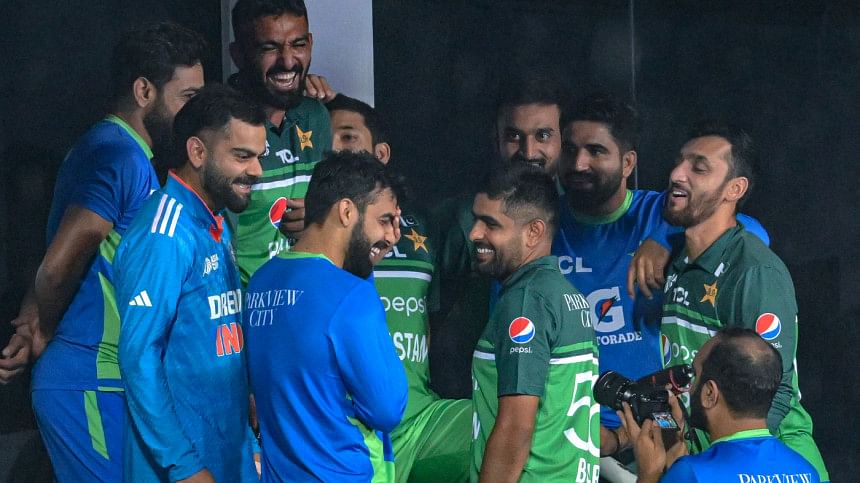
It is natural that all the pain, all the anger, all the bitterness, all the yearning even, overflows when it suddenly becomes legal for two sides to engage with each other. ODI cricket gave it an unabashed expression, and also narrowed the gap in the quality of the sides. Pakistan were a superior overall side in the 1980s and 1990s thanks to their fast bowlers, but India competed on even terms in the shorter formats.
Be it the World Championship of Cricket in Australia or the many tournaments in Sharjah in the 1980s and '90s, India vs Pakistan suddenly became the biggest draw in cricket, big enough to challenge and surpass the Ashes. If India's young leg-spinner L Sivaramakrishnan landed a blow by getting Javed Miandad stumped in Australia, Miandad had his own back with a last-ball six in Sharjah. Celebrities, broadcasters, advertisers, and most importantly, the impassioned fans flocked to these matches.
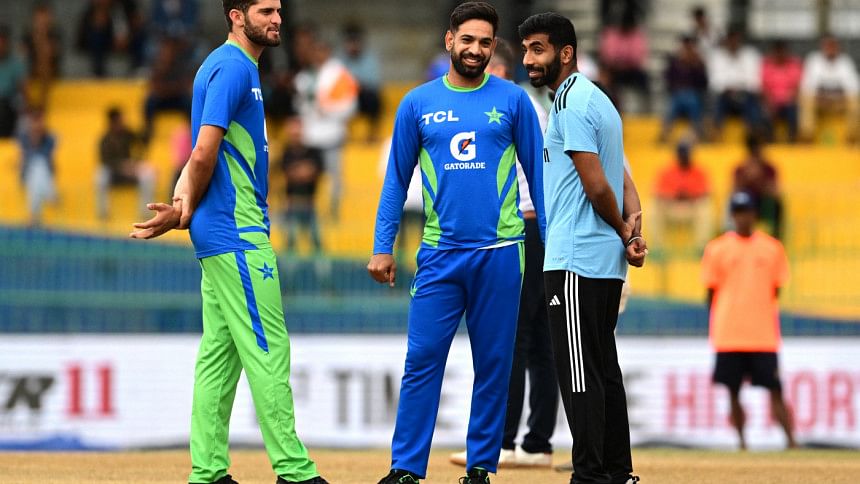
At one level, you feel sorry for the players of both sides because they unwittingly become characters in something much larger than just a cricket match. There is no better illustration of sport being a phoney war than the matches between India and Pakistan. Throughout the 1990s, the two countries hardly engaged with each other except on a cricket field. Players, who are professionals and have no reason to hate fellow professionals beyond a match, felt the weight of everything external.
The ICC, though, was not wise to it: it failed to bring the two teams face to face in any of the first four World Cups. Compare it to today where every draw is manipulated to make sure India and Pakistan play against each other the maximum number of times possible. When they did happen to clash in the World Cups, India somehow managed to surprise Pakistan every time.
When India beat Pakistan in the 2003 World Cup, though, it was no surprise. By this time, the two teams were – arguably for the first time in their history – evenly matched. It also kickstarted the best period for this rivalry. As relations thawed, both teams began to tour each other. Not just the teams, fans crossed the border, revelled in each other's hospitality, visited the villages and houses they had to leave during partition, and enjoyed some closely contested cricket.
From 2003 to 2008, the two teams faced each other 46 times in international cricket, including the first-ever bowl-out in a T20 World Cup and the first-ever T20 World Cup final. So closely matched were the two teams that the head-to-head reads 21-19 in India's favour. The unthinkable was happening: cricket was being enjoyed for cricket and not the rancour of two sworn enemy nations that accompanied it.
It was too good to last. The thaw in the relations was temporary. Once again, multi-nation tournaments became the only place these two sides could meet. And in the 2010s, India began to pull away from Pakistan in terms of quality. It didn't matter now. By now this clash was the biggest cash cow in cricket.
Draws were manipulated to make sure India faced Pakistan at least once in a tournament. The advent of social media brought back the nastiness to the forefront. Even the broadcasters and traditional media became parties to it. The reactions to results – both bragging of the winning country and the abuse the losing country directed at its own players – became too ugly for the cricket matches to be palatable.
On the field, though, the players refused to keep up the façade and stopped hiding their friendliness once the match got over. Even the fans at the stadiums danced together to Pasuri, a pop song that actually brought the two countries – especially their expats – together. The re-emergence of a pace attack in the late 2010s made Pakistan a force to reckon with, giving the cricket the edge that had started to go missing.
It is such a shame that when the two teams are getting closer to being evenly matched the relations between the two countries are at a low point. Even the two cricket boards, who managed to co-operate and successfully co-host two World Cups, are warring.
With the general populations of the two countries leaning more right than they ever have, this is not the best of times for India to be playing Pakistan in front of more than 100,000 people in Ahmedabad. The fans that pass through the turnstiles, those who watch on TV, even those who are only waiting to stoke hatred, will do well to learn from Shaheen Shah Afridi and Jasprit Bumrah.
Two fast bowlers almost certain to go down as greats of the game, two fierce competitors once past the white line, and also two friends who offered and accepted congratulations when Bumrah became a father. Don't hold your breath, though, and prepare for the ugliest of reactions no matter which way the result of the match goes.

 For all latest news, follow The Daily Star's Google News channel.
For all latest news, follow The Daily Star's Google News channel. 

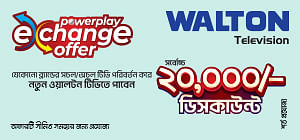

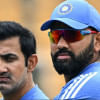
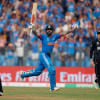




Comments